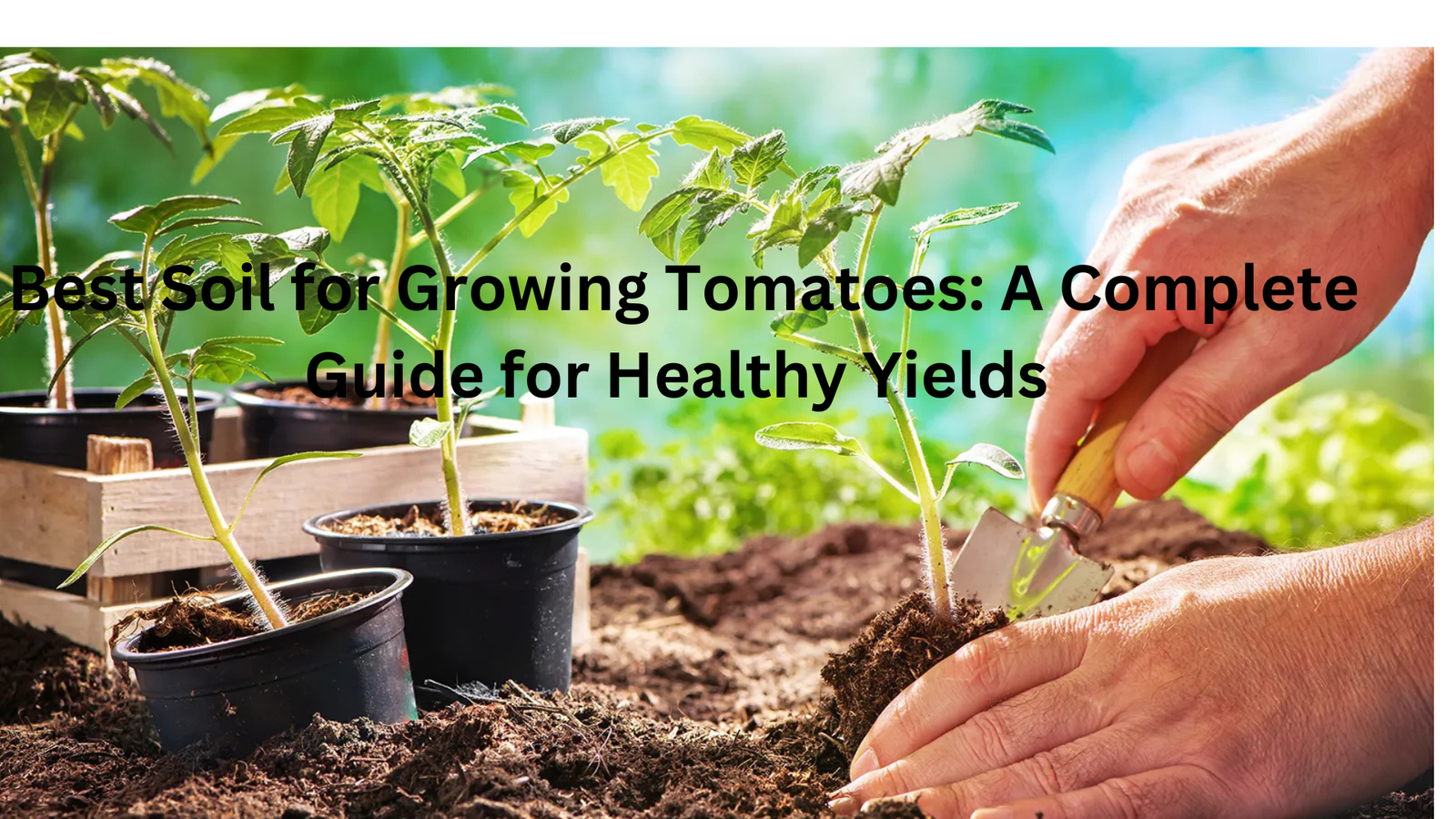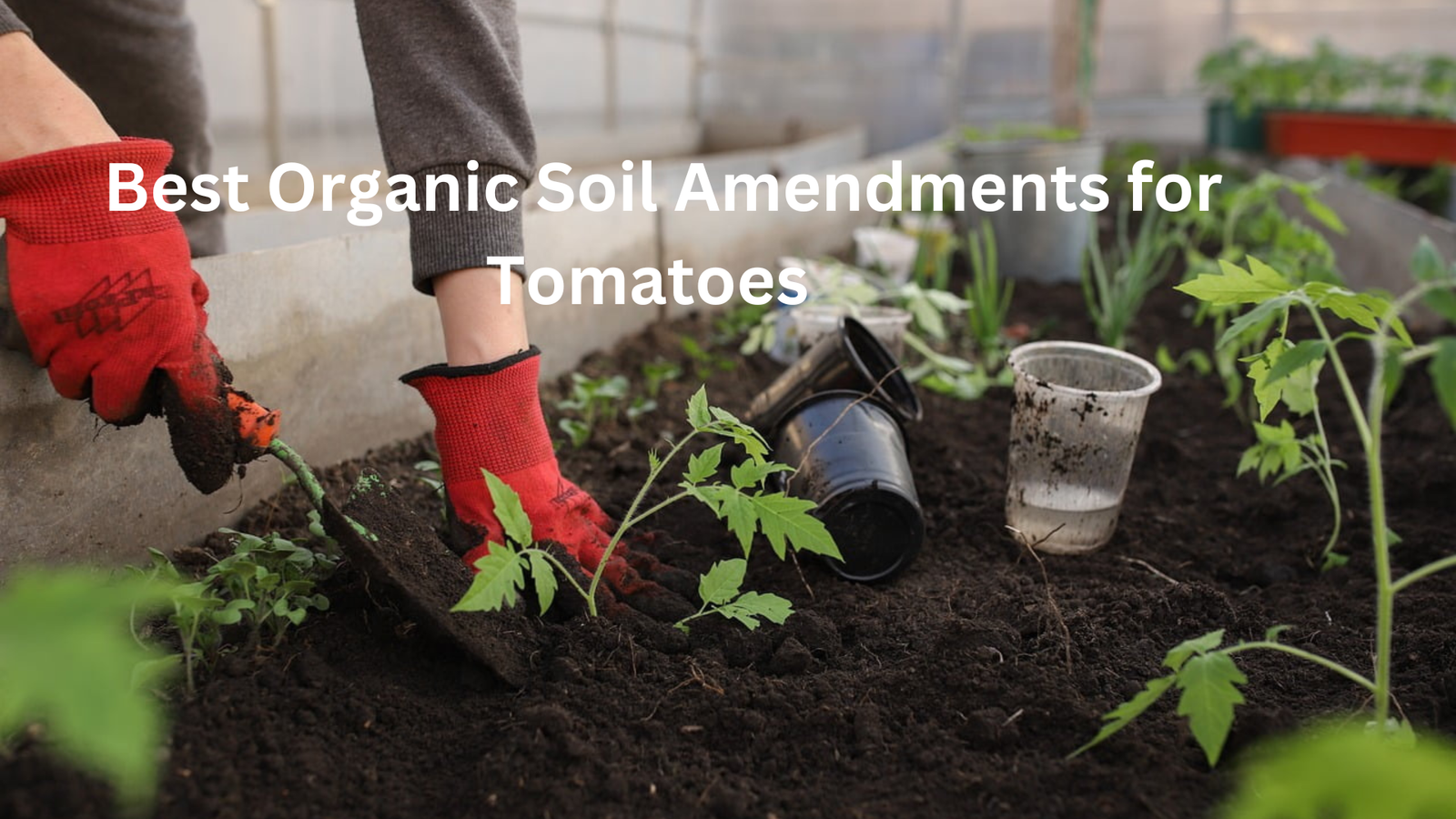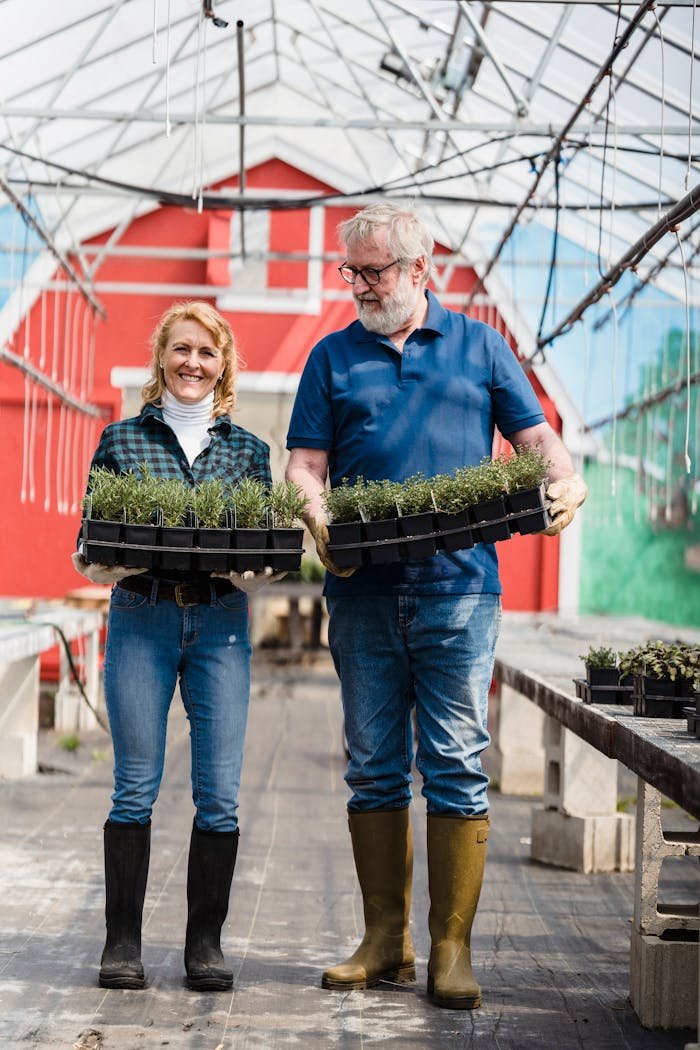Tomatoes are one of the most popular vegetables grown worldwide, but tomatoes are generally a popular fruit. If you want to grow tasty tomatoes, you don’t just need sun or water, but the most important thing is soil. If the soil is of good quality, meaning it contains good nutrients, it strengthens the roots of the plants. Use the best soil for growing tomatoes. And the yield of tomatoes also increases. In this article, we will tell you what type of soil is needed for planting tomatoes and about soil amendments, from soil nutrients to pH levels.
1. What Makes the Best Soil for Growing Tomatoes?

The best soil for planting tomatoes should contain organic matter and homemade compost. The soil should be a mixture of clay, sand, and compost. Then the plants will grow very well. This type of soil is very good for strengthening the roots of plants. Two factors are very important for tomato plants: the soil should be very soft and the second is that the air and oxygen flow to the plants. A layer of organic mulch—such as straw, shredded leaves, or grass clippings—helps retain moisture, regulate soil temperature, and suppress weeds.
It also reduces the risk of soil-borne diseases by preventing water from splashing onto the lower leaves. Over time, mulch breaks down and adds nutrients back into the soil, making it a natural boost for tomato growth.
2. The Importance of Soil pH for Tomatoes
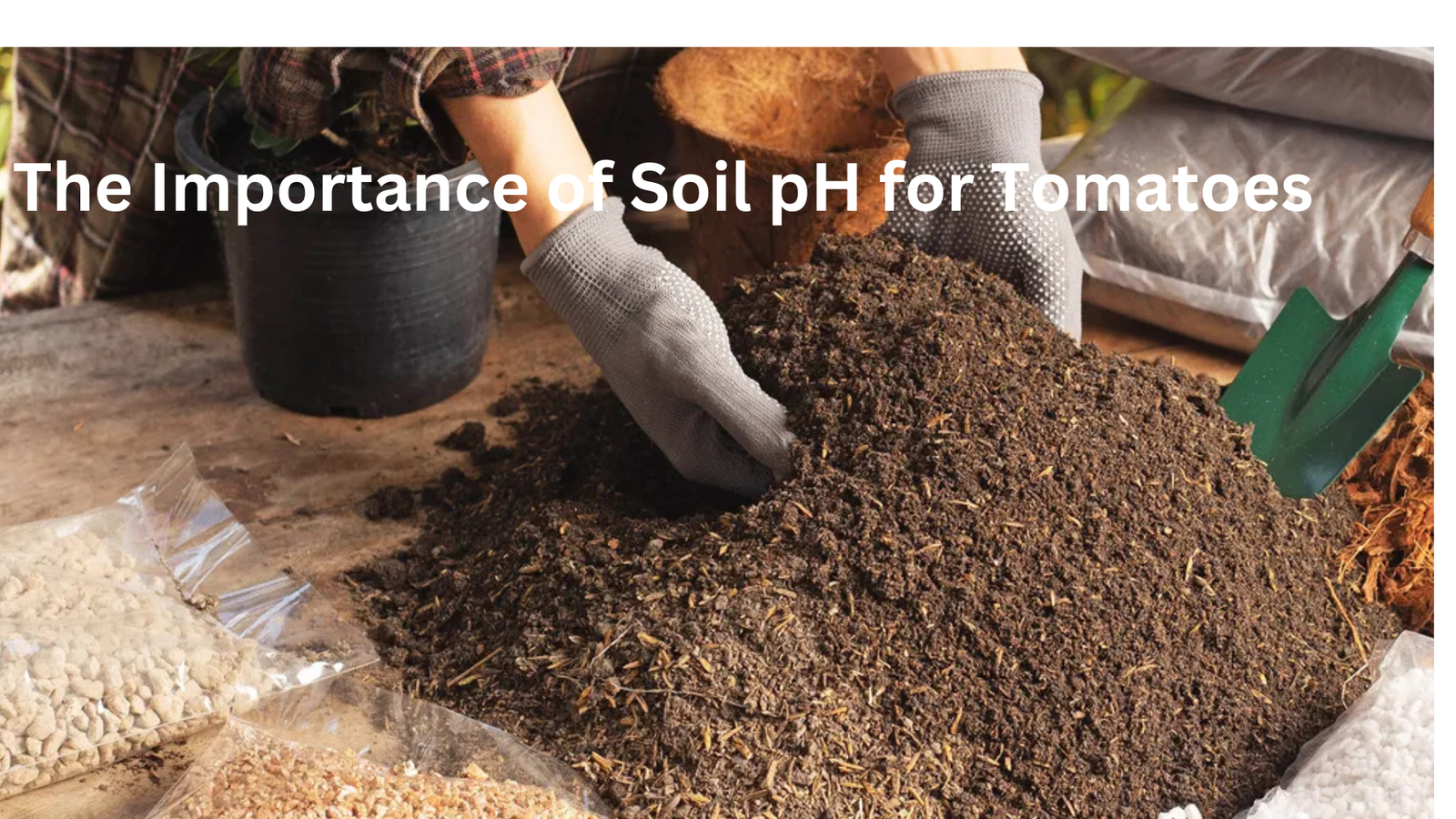
When tomatoes are good growers, the most important thing they need to grow strong and produce good fruit is soil. Nitrogen is used for the leaves of tomatoes, phosphorus for the development of their flowers, and potassium for the good health of the plants. To plant tomatoes, the soil must contain good types of organic matter and fertilizers. Before planting tomato seedlings, add homemade compost to dissolve the organic matter in the soil, which helps the plants grow quickly and make them stronger.
3. Nutrient-Rich Soil Composition for Tomato Plants
Tomatoes are heavy feeders and need soil rich in nutrients to grow strong and produce abundant fruit. The key elements are nitrogen for leafy growth, phosphorus for root and flower development, and potassium for overall plant health. A well-balanced, nutrient-rich soil should also contain trace minerals like calcium and magnesium. Mixing in compost, aged manure, or an organic fertilizer before planting helps create a fertile environment that supports vigorous tomato growth.
4. Best Organic Soil Amendments for Tomatoes
organic soil amendments for tomatoes, compost for tomatoes. Adding organic matter improves soil texture, drainage, and fertility. Popular amendments include:
1. Compost
2.Worm castings
3. Aged manure
4. Peat moss
5. Leaf mold
5 . Raised Beds vs In-Ground: Where Should You Plant Tomatoes?
Raised bed soil for tomatoes, in-ground soil tomatoes. Elevated garden beds provide enhanced soil control. composition, drainage, and weed management. In-ground planting is suitable if your garden soil is already fertile and well-structured. Either option can work well if soil conditions are optimized. oil Drainage and Aeration: Why It Matters for Tomatoes
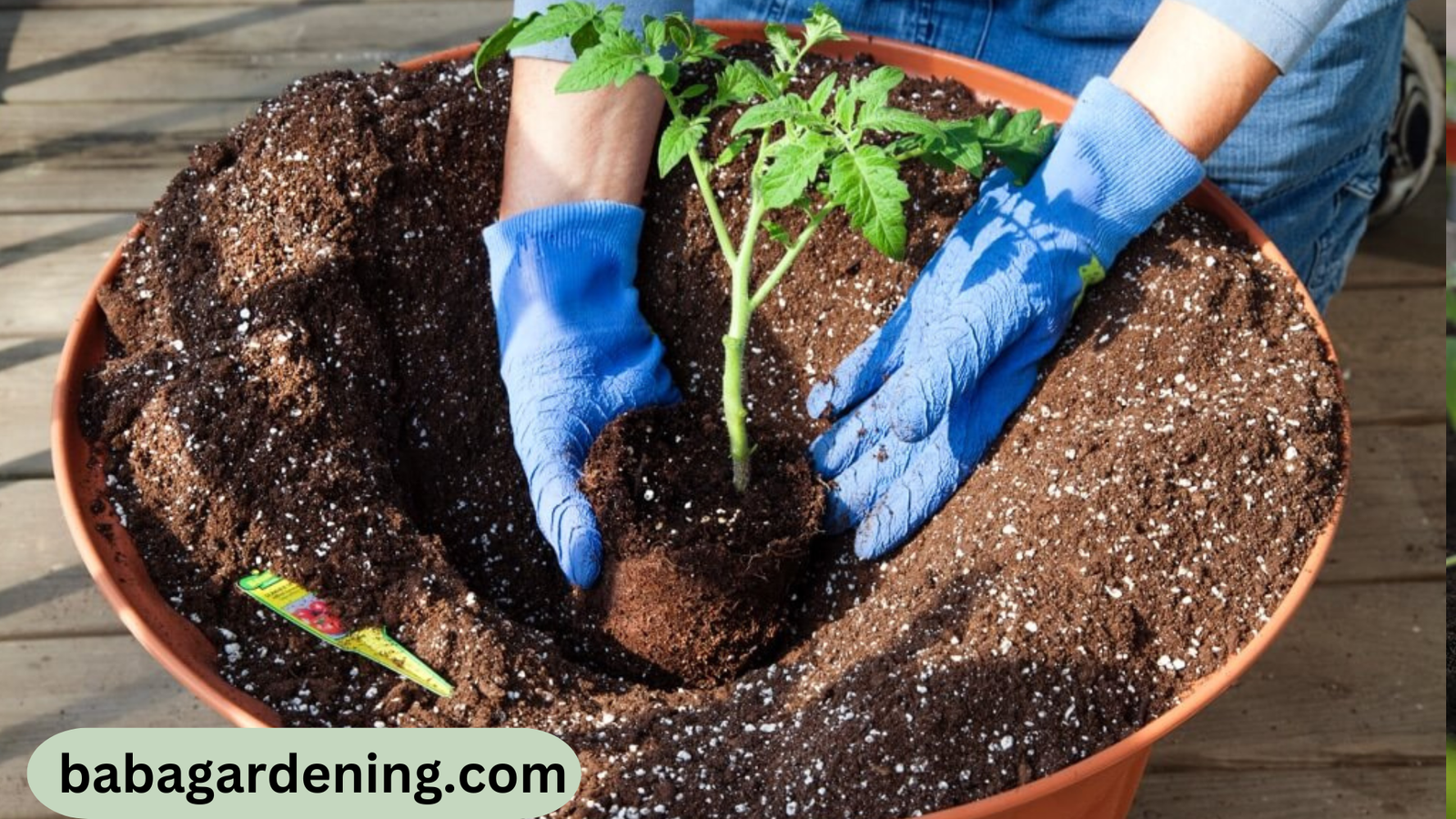
If you want good varieties of tomatoes, take special care of drainage because if water remains stagnant in the tomato crop, it weakens the roots of the plants and causes rotting, and there is a risk of contracting many diseases. Using organic mulch like straw, shredded leaves, or grass clippings can help your garden in many ways. It locks in moisture, keeps soil temperatures steady, and keeps weeds at bay. Mulch also protects plants from soil-borne diseases by stopping water from splashing onto their lower leaves. Over time, it naturally decomposes, enriching the soil with nutrients and giving your tomatoes a healthy boost
7. Mulching: A Secret Weapon for Tomato Soil Health
Mulching is a simple yet powerful way to protect and enhance soil health for tomatoes. A layer of organic mulch—such as straw, shredded leaves, or grass clippings—helps retain moisture, regulate soil temperature, and suppress weeds. It also reduces the risk of soil-borne diseases by preventing water from splashing onto the lower leaves. Over time, mulch breaks down and adds nutrients back into the soil, making it a natural boost for tomato growth.
8. Common Soil Problems and How to Fix Them
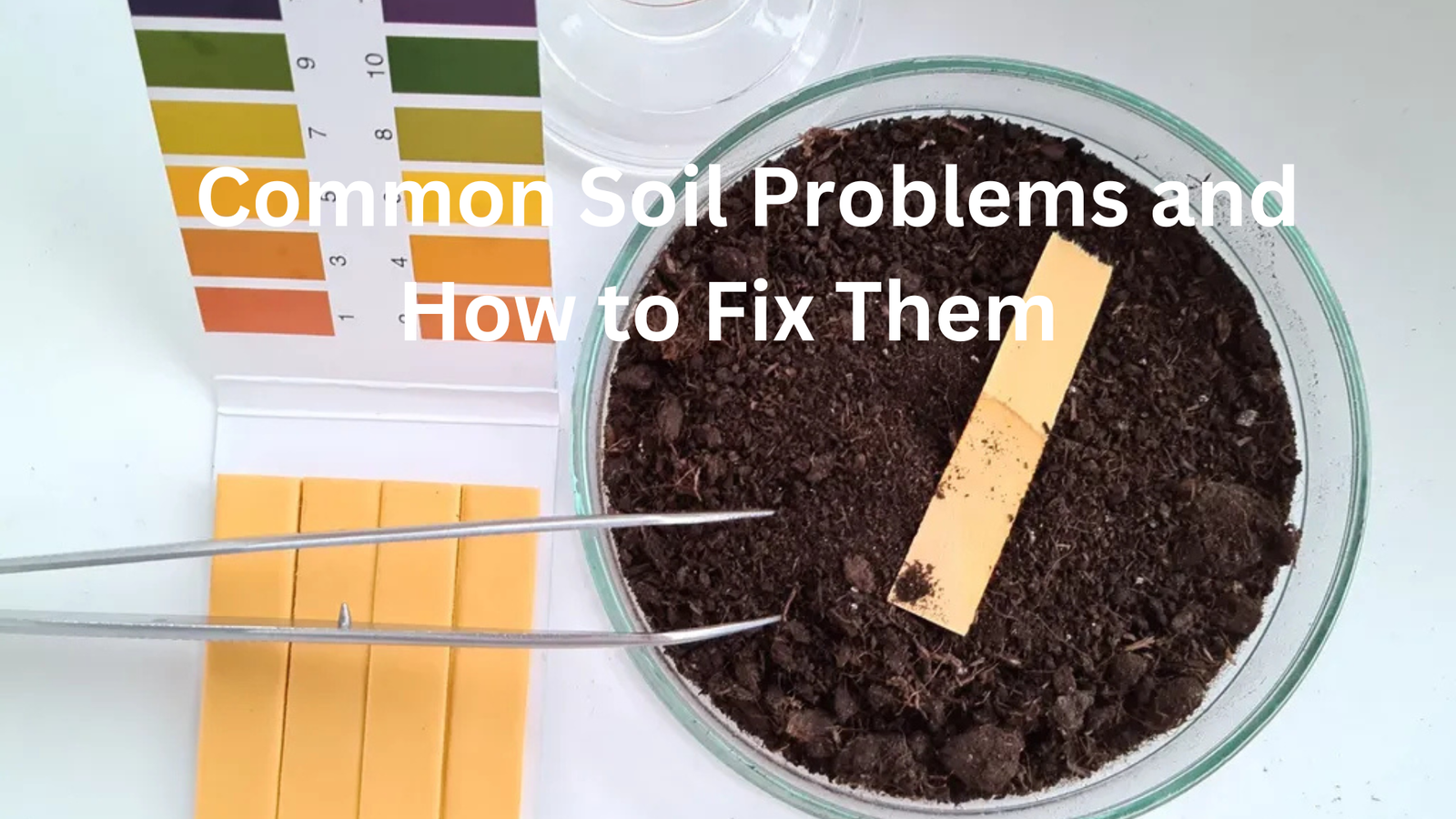
Tomato plants often struggle due to common soil issues like poor drainage, nutrient deficiencies, compacted soil, or imbalanced p H. Yellowing leaves, stunted growth, and low fruit production are signs something’s wrong beneath the surface. To fix these problems, start with a soil test to identify deficiencies or pH imbalances. Amend the soil with compost, organic fertilizers, or lime/sulfur as needed, and improve structure with aerating tools or by adding sand or perlite for better drainage.
9. Preparing Soil Before Planting Tomatoes
Proper soil preparation is key to a successful tomato crop. Start by loosening the soil to a depth of 12–18 inches to encourage deep root growth. Mix in plenty of compost or well-rotted manure to boost fertility and improve texture. It’s also a good time to test the pH and make any necessary adjustments. Let the amended soil rest for a couple of weeks before planting to allow nutrients to settle and microbial life to activate.
Conclusion:
In the end, the best soil for growing tomatoes is one that balances structure, fertility, and biological activity. By focusing on loamy, well-aerated soil with proper drainage and a slightly acidic pH, you’re giving your tomato plants the optimal environment to thrive. Regularly enriching the soil with organic matter such as compost or aged manure ensures a steady supply of nutrients throughout the growing season. Don’t overlook the benefits of mulching and crop rotation, which help preserve soil moisture, reduce disease risk, and keep your soil ecosystem in balance.

Even if you’re starting with poor or compacted soil, it’s never too late to improve it through careful amendments and routine maintenance. Soil health isn’t just a one-time fix—it’s a long-term investment in your garden’s productivity.
FAQs
1. What type of soil is best for growing tomatoes?
The best soil for growing tomatoes is loamy soil—a balanced mix of sand, silt, and clay. It should be well-draining, rich in organic matter, and slightly acidic with a pH between 6.0 and 6.8. This type of soil retains moisture without becoming soggy and provides the nutrients tomatoes need to thrive.
2. How can I improve poor soil for growing tomatoes?
To improve poor soil, start by adding compost or aged manure to boost organic content. If drainage is an issue, mix in perlite, coarse sand, or peat moss. Always test the soil pH and adjust it with lime (to raise pH) or sulfur (to lower it). These steps will help create a healthy, productive environment for tomatoes.
3. Can I reuse soil from last year to grow tomatoes again?
Yes, but with caution. Soil can be reused if you refresh it by mixing in compost and new nutrients. However, to avoid disease buildup and nutrient depletion, it’s best to rotate crops or sterilize the old soil and supplement it heavily. Avoid growing tomatoes in the same spot. soil for more than 2 consecutive years.

